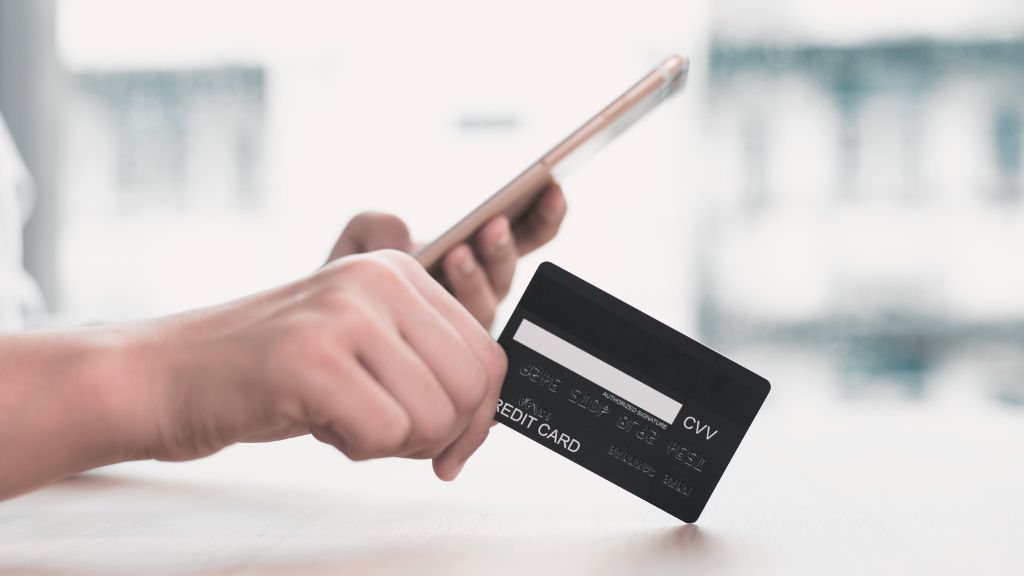Welcome to our guide on managing your credit wisely! One crucial aspect of maintaining a healthy credit profile is understanding how your credit utilization impacts your credit score. In this blog, we’ll explore the question: “What Percent of Credit Can I Use Before It Impacts My Score?” We’ll break down this concept in easy-to-understand terms, offering practical tips to help you make informed decisions about your credit usage.
Whether you’re new to credit or looking to improve your credit habits, this guide will provide you with valuable insights to navigate the world of credit responsibly. Let’s dive in and empower ourselves with the knowledge to build a brighter financial future!
Understanding Credit Utilization
Credit utilization refers to the percentage of your available credit that you are currently using. It’s a key factor that credit bureaus consider when calculating your credit score. Your credit score is a numerical representation of your creditworthiness, which lenders use to determine how likely you are to repay borrowed money.
Also read: What Option Will Not Be Available if You Are Behind on Loan Payments?
How and What Percent of Credit Can I Use Before It Impacts My Score?
Credit utilization has a significant impact on your credit score. The general rule of thumb is to keep your credit utilization below 30%. This means that you should aim to use no more than 30% of your available credit at any given time.
Example:
If you have a credit card with a $1,000 credit limit, ideally, you should try to keep your balance below $300 (which is 30% of $1,000). Using more than 30% of your available credit can start to negatively affect your credit score.
Why Does Credit Utilization Matter?
Lenders and credit bureaus pay close attention to credit utilization because it reflects how responsibly you manage your credit. Using too much of your available credit can indicate that you’re overextended financially and may have difficulty repaying your debts. On the other hand, keeping your credit utilization low demonstrates that you’re using credit responsibly and not relying too heavily on borrowed money.
Tips for Managing Credit Utilization
- Monitor Your Credit Limits: Keep track of the credit limits on all your credit cards and other lines of credit.
- Regularly Check Your Balances: Make it a habit to check your credit card balances regularly, ideally once a month or more frequently.
- Pay Attention to Due Dates: Ensure that you pay your credit card bills on time and in full each month to avoid carrying balances and accruing interest.
- Consider Increasing Your Credit Limit: If you consistently use a significant portion of your available credit, you might consider requesting a credit limit increase. This can help lower your credit utilization ratio.
- Use Credit Wisely: Be mindful of how much you charge to your credit cards and only use credit when necessary. Avoid maxing out your cards, even if you can pay the balances in full each month.
- Spread Out Your Purchases: If you anticipate making large purchases, consider spreading them out over time to keep your credit utilization low.
Impact on Credit Score
Keeping your credit utilization below 30% demonstrates responsible credit management and can positively impact your credit score. However, if your credit utilization exceeds this threshold, it can start to lower your score.
Also read: What Are Possible Red Flags or Signs of a Scam When Buying a Car?
Conclusion
Understanding how much of your available credit you can use before it impacts your credit score is essential for maintaining healthy credit habits. By keeping your credit utilization below 30% and following the tips outlined in this blog, you can improve your creditworthiness and financial well-being. Remember, responsible credit management is key to achieving your long-term financial goals.


